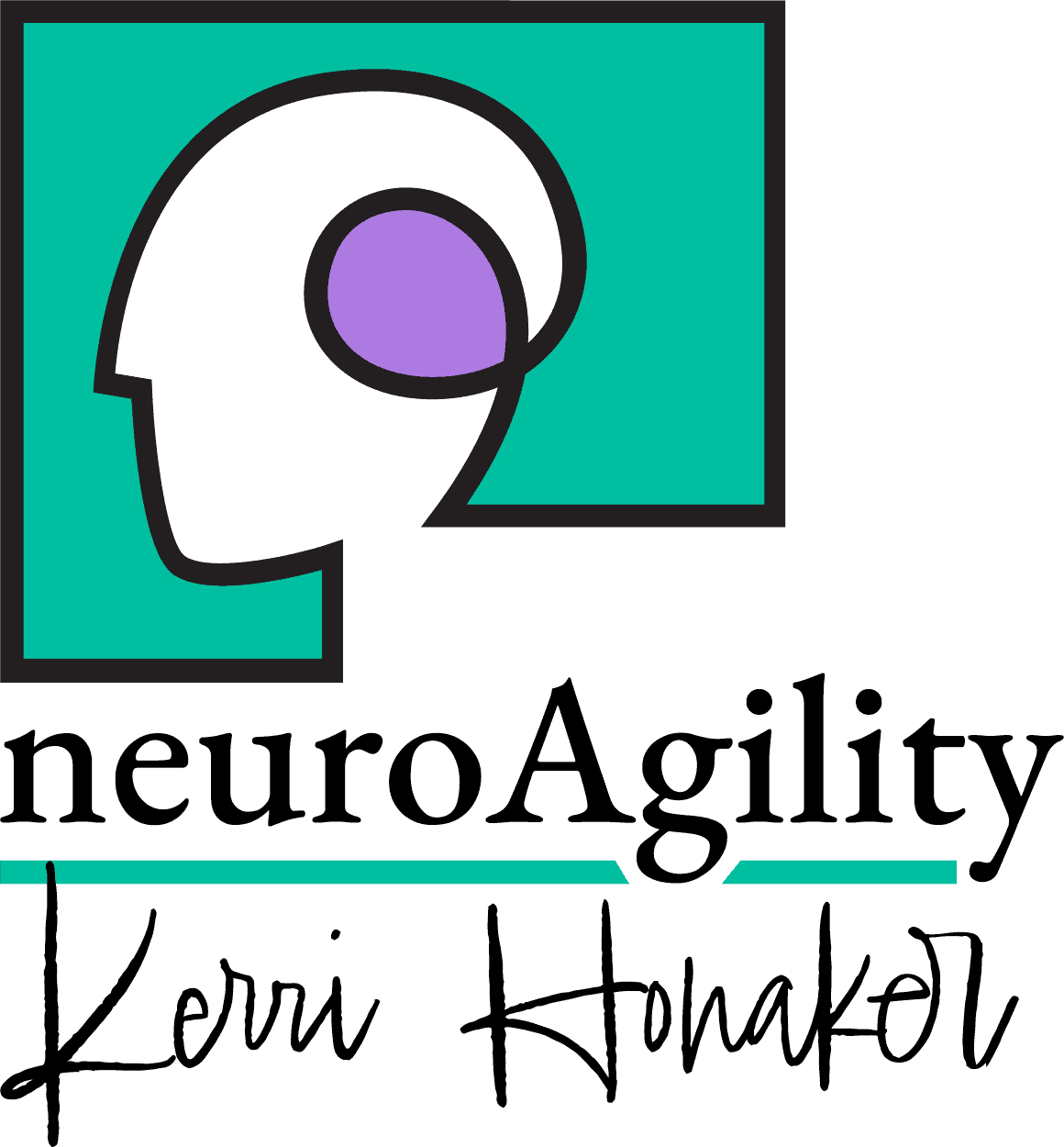Neurofeedback now a “Level 1 — Best Support” Intervention for Attention & Hyperactivity Behaviors
PracticeWise, the company that maintains the American Academy of Pediatrics “Evidence-based Child and Adolescent Psycho-social Interventions” has just announced it will elevate biofeedback to “Level 1 — Best Support” as an intervention for Attention & Hyperactivity Behaviors in the next edition. Working Memory Training will stay at Level 2 — Good Support (AAP chart may be viewed HERE). Studies influencing the decision included:
- Beauregard, M., & Levesque, J. (2006). Functional magnetic resonance imaging investigation of the effects of neurofeedback training on neural bases of selective attention and response inhibition in children with attention-deficit/hyperactivity disorder. Applied Psychology and Biofeedback, 31, 3–20.
- Gevensleben, H., Holl, B., Albrecht, B., Vogel, C., Schlamp, D., et al. (2009). Is neurofeedback an efficacious treatment for ADHD?: A randomized controlled clinical trial. Journal of Child Psychology and Psychiatry, 50, 780–789.
- Levesque, J., Beauregard, M., & Mensour, B. (2006). Effect of neurofeedback training on the neural substrates of selective attention in children with attention deficit/hyperactivity disorder: A functional magnetic resonance imaging study. Neuroscience Letters, 394, 216–221.
- Omizo, M. M., & Michael, W. B. (1982). Biofeedback-induced relaxation training and impulsivity, attention to task, and locus of control among hyperactive boys. Journal of Learning Disabilities, 15, 414–416.
- Rivera, E., & Omizo, M. M. (1980). The effects of relaxation and biofeedback on attention to task and impulsivity among male hyperactive children. The Exceptional Child, 27, 41–51.
